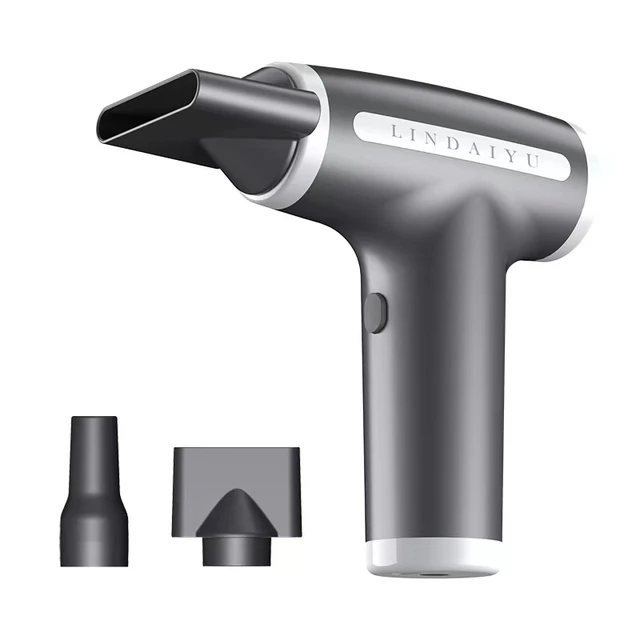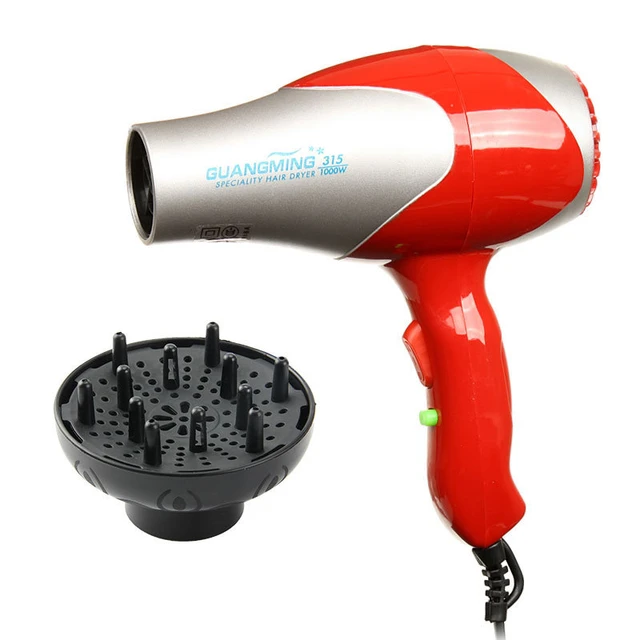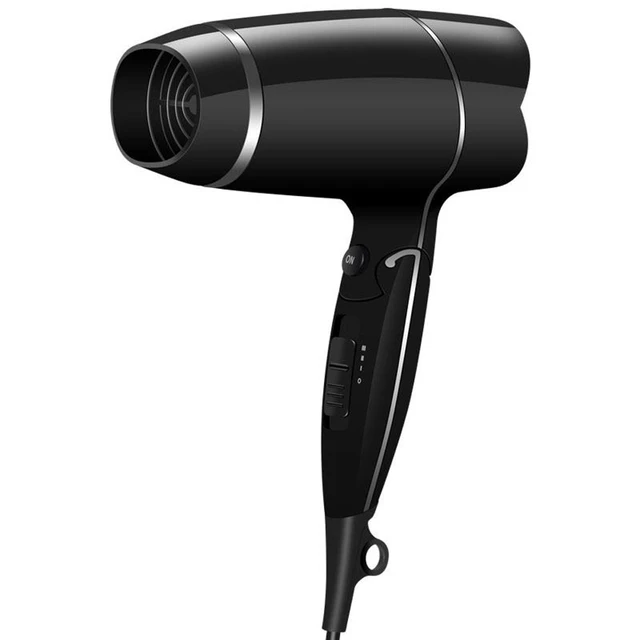Using a hair dryer is a common practice in many households. It allows people to style their hair quickly and efficiently. However, the consistent use of a hair dryer can lead some individuals to wonder: is using a hair dryer bad for your hair? The answer isn’t a simple yes or no; rather, it depends on various factors including the technique employed, the type of dryer used, and the overall health of the hair. This article explores the effects of hair dryers on hair health, techniques to mitigate damage, and suitable alternatives.
Understanding Hair Dryers
Hair dryers work by blowing air over wet hair to accelerate the evaporation of moisture. While this can be time-saving, the heat produced can compromise hair integrity if not used correctly.
Types of Hair Dryers
- Ionic Hair Dryers:
- Functionality: These dryers emit negative ions that break down water molecules, drying hair faster while minimizing frizz.
- Benefits: They can help maintain moisture and give a shinier finish.
- Ceramic Hair Dryers:
- Functionality: These dryers use ceramic components to distribute heat evenly, reducing hot spots that cause damage.
- Benefits: Ideal for finer hair, they help in minimizing heat damage.
- Tourmaline Hair Dryers:
- Functionality: These dryers are made with tourmaline crystals that emit infrared heat and negative ions.
- Benefits: Especially helpful for thick or curly hair, they can result in smoother and shinier strands.
Conventional Hair Dryers
Conventional dryers may not provide the same level of technology and may generate hotspots, leading to potential damage. Using these can raise the question of whether is using a hair dryer bad for your hair.
The Effects of Heat on Hair
To understand the implications of frequent hair dryer use, we must first comprehend how heat affects hair.
Hair Structure
Hair is primarily made of a protein called keratin, surrounded by a cuticle layer. Heat from dryers can cause this cuticle to lift, leading to moisture loss and increased porosity, resulting in frizz and breakage.
Dryness and Split Ends
When hair is exposed to high temperatures without protective measures, it can become overly dry, leading to brittle strands that develop split ends. This damage can result in a cycle of needing to cut hair more frequently, which can be disheartening for those looking to grow their hair long and healthy.
Factors Affecting Damage Level
Temperature Settings
The temperature at which you dry your hair plays a crucial role in determining whether it will sustain any damage.
- High Heat:
- Risks: Using the highest setting may dry out hair quickly but can also lead to severe damage.
- Recommendation: For healthy usage, it is advisable to start with a high-speed setting and gradually lower the heat as the hair becomes drier.
- Low Heat:
- Benefits: The low heat setting can help to prevent some of the damages associated with heat styling, but the drying process may take longer, which may lead to some people inadvertently stretching their hair.
Distance from the Hair
The distance between the dryer and your hair is a crucial factor. Holding the dryer too close can lead to intense localized heating, whereas holding it at a distance can distribute the heat more evenly.
- Recommended Distance: Keeping the dryer at least six inches away from the hair can help minimize damage while still allowing for effective drying.
Protective Measures
While hair dryers can lead to damage, there are several strategies to mitigate this risk.
Heat Protectants
Before styling with heat, applying a heat protectant can create a barrier between your hair and the high temperatures.
- Types:
- Sprays: Light and easy to apply, sprays are great for finer hair types.
- Creams: More suitable for thicker hair due to their heavier texture.
- Benefits: These products can add moisture and shine while reducing the potential for heat-related damage.
Regular Conditioning
To maintain hair health, regular conditioning plays an essential role.
- Deep Conditioning Masks: Using a deep conditioning mask once a week can restore moisture and repair keratin damage.
- Leave-in Conditioners: Using leave-in conditioners can help keep hair hydrated throughout the day, which is especially important if you frequently use a dryer.
Air Drying Techniques
If your hair type permits, air drying is the optimal way to avoid heat damage. However, air drying doesn’t have to be an all-or-nothing approach.
- Towel Drying: Use an absorbent towel to remove excess water before air drying, which can help speed up the process while reducing the amount of time your hair is wet.
- Blotting: Rather than rubbing the towel, gently blot your hair to avoid causing friction, which can lead to damage.
The Balance of Hair Styling
While the quest for stylish hair often tempts individuals to resort to heated tools, it is vital to strike a balance between achieving desirable styles and preserving hair health.
Daily Hair Routines
- Less Frequent Washing: Washing hair every day can strip natural oils. Limiting washes to a few times a week can promote overall health.
- Diverse Styling Methods: Experimenting with braids and styling overnight can create waves and curls without heat.
Knowing Your Hair Type
Different hair types respond differently to heat.
- Curly Hair: Naturally more prone to dryness, curly textures might benefit more from cooler and less frequent drying.
- Straight Hair: Generally more resilient to heat can withstand high temperatures better than curled or coiled hair.
 Alternatives to Hair Dryers
Alternatives to Hair Dryers
For those concerned about heat damage, alternatives exist that can help achieve great results without using a hair dryer.
Diffusers
For those with curly hair, a diffuser can be a great way to dry your hair without disrupting the natural curl pattern. It diffuses the airflow, producing gentler heat without the harshness of direct heat.
Wet to Dry Technology
Some modern styling tools allow for wet-to-dry usage with built-in technology that protects against excess heat, helping to minimize damage while providing styling function.
Microfiber Towels
Microfiber towels can absorb moisture faster and more efficiently than standard towels while minimizing friction that can contribute to breakage.
Regular Salon Visits
Routine salon visits can help maintain the structural integrity of your hair.
- Trims: Regular trims can prevent split ends from becoming worse and keep hair looking healthy.
- Professional Treatments: Hair treatments available at salons can provide deeper nourishment that may not be achievable at home.
Psychological Impact of Hair
Finally, we must acknowledge the psychological aspects of hair care. Hair is often tied to personal identity and self-esteem.
The Confidence Factor
For many people, being well-groomed and styled can significantly enhance their confidence. While it may be apparent that is using a hair dryer bad for your hair, some individuals may prioritize style over some potential risks to hair health.
Conclusion
In conclusion, using a hair dryer is not inherently bad for your hair; rather, it depends on how it’s used and what precautions you take. Understanding the different types of hair dryers, the effects of heat on hair, and the available protective measures will help you utilize a hair dryer effectively while minimizing damage. Regular conditioning, the use of heat protectants, and adopting a balanced styling routine are vital strategies to maintain hair health in an era where time is often of the essence. Thus, the question remains—is using a hair dryer bad for your hair? The answer ultimately lies in intelligent usage and mindful habits, ensuring that you can achieve your stylistic goals without compromising hair integrity.

